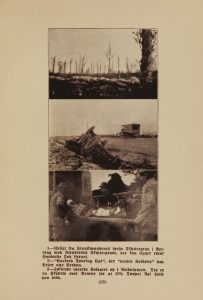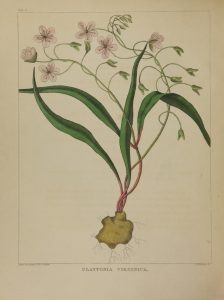We can’t hope to be as exhaustive as Whewell’s Ghost or The History Carnival, but all this talk of going back to school has us thinking in reading lists. Here’s some of what we’re looking at online this week.
- From the US NLM’s Circulating Now, Sophie Lipman’s piece on Medicine, Morality, Faith, and Film.
- From the New York Academy of Medicine blog, Klemperer Research Fellow Heidi Knoblauch’s post on Patient Photographs and Medical Collecting. We’re hoping to do a project with all the MHL partners on patient photographs at some point in the future; our Johns Hopkins liaison, Phoebe Evans Letocha, has already done some preliminary digging on this fascinating subject.
- From the YaleNews blog, Amy Athey Macdonald’s piece, Yale collections are time capsules of the people, politics, and propaganda of WWI.
- And last but not least, from Sally Frampton’s Constructing Scientific Communities blog, ‘Sir: I am not a medical man, but….’: Laypeople and Medical Journals in the Nineteenth Century.
If that last piece piques your interest, we have lots of 19th century medical journals already in the collection and more coming in all the time! Check out issues of the Philadelphia journal of the medical and physical sciences (1820), the New York journal of medicine (1856), the Maryland medical journal (1901), the American journal of the medical sciences (1827), or the New Yorker medizinische Monatsschrift (1891).
And, as always, for more from the Medical Heritage Library, please visit our full collection!










